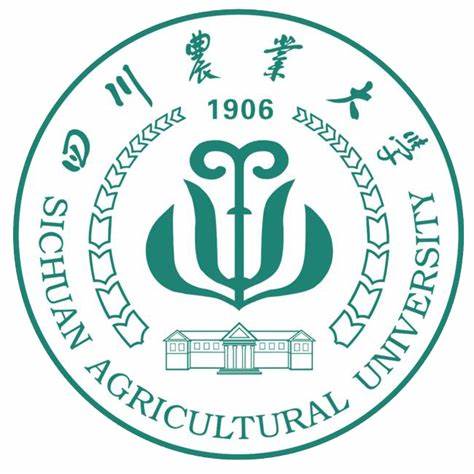Unravelling consensus genomic regions conferring stem-related traits in wheat via meta-QTL analysis
作者: 刁圣轩 审稿人:魏育明 时间: 2025-05-28 点击次数:次
https://bmcplantbiol.biomedcentral.com/articles/10.1186/s12870-025-06597-5
BMC Plant Biology, volume25, Article number:609(2025)
Yongping Miao,Lei Wu,Fanli Jing,Jiaru Yang,Hong Ye,Mang Shen,Ke Zhou,Yangyifan He,Xin Liu,Ming Hao,Bo Jiang,Lin Huang,Shunzong Ning,Xuejiao Chen,Xue Chen,Dengcai Liu&Lianquan Zhang
Abstract
Background
Wheat stem is an important vegetative organ, that is responsible for supporting leaves and spikes, and transporting water, minerals and organic nutrients to spikes through vascular bundles, thereby promoting plant growth and development. Therefore, wheat stems contribute to plant structure and total yield.
Results
We constructed a high-density consensus map and performed a meta-analysis using 306 stem-related QTLs. The results revealed 45 meta-QTLs (MQTLs) with a mean confidence interval (CI) 4.50 times lower than that of the original QTL. A total of 25/31 MQTLs (PI < 100 Mb) overlapped with SNP-trait associations reported in genome-wide association studies (GWASs). By associating MQTL interval genes with multiomics datasets and performing coexpression analysis of common genes, we generated a more reliable and concise list of putative candidate genes involved in stem regulation. Furthermore, we identified an ethylene-responsive transcription factor in the form of TraesCS5B02G236900 haplotype, whose variations may be related to stem-related traits.
Conclusion
In this study, comprehensive analysis was used to determine the most stable loci on a high-density consensus map associated with reliable genetic markers, and MQTLs, candidate genes and excellent haplotypes were identified, which laid a foundation for further research on the genetic basis of wheat stem development and promoted the development of wheat molecular breeding.


